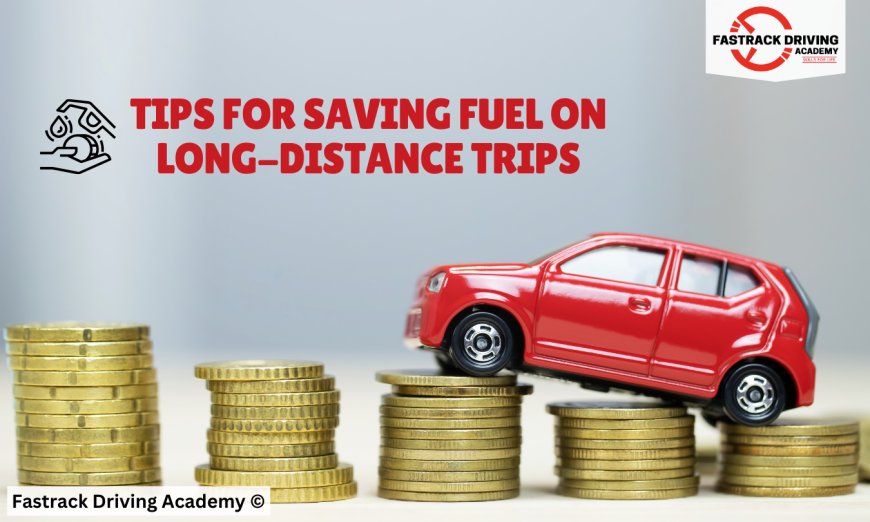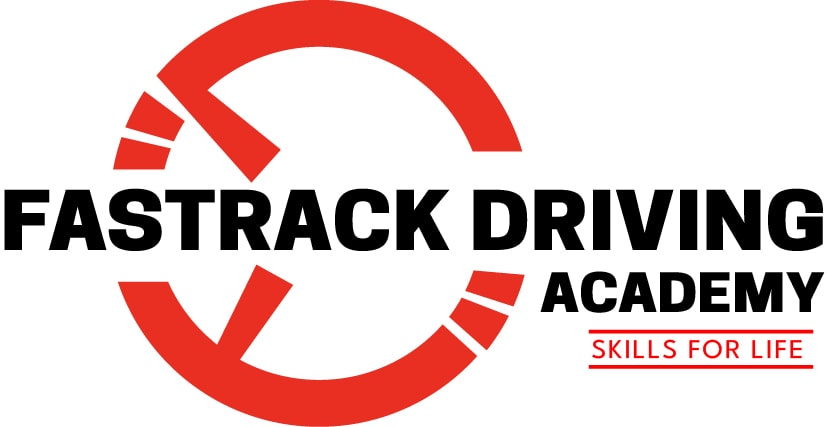Tips for Saving Fuel on Long-Distance Trips
Maximize fuel efficiency on long-distance trips with these practical tips. Maintain a steady speed, keep tires inflated, and reduce wind resistance to save costs.

Fuel efficiency becomes a key concern when you're on a long-distance trip, especially with fluctuating fuel prices. Using smart driving techniques and making small adjustments to your vehicle and habits can help you save fuel and reduce costs. Here are some practical tips for improving fuel efficiency on long-distance journeys.
1. Maintain a Steady Speed
One of the most effective ways to save fuel is to drive at a consistent speed. Constant speeding up and slowing down wastes fuel, so:
- Use cruise control when driving on highways to maintain a steady speed and avoid unnecessary acceleration.
- Stay within speed limits, as driving too fast increases wind resistance and fuel consumption. The most fuel-efficient speed for most cars is between 50-65 mph (80-105 km/h).
2. Avoid Rapid Acceleration and Hard Braking
Sudden acceleration and hard braking are two major fuel wasters. To improve fuel efficiency:
- Accelerate smoothly and gently, allowing the car to build speed gradually.
- Coast to a stop when possible, rather than braking abruptly. Look ahead to anticipate traffic lights and slow down early.
3. Keep Tires Properly Inflated
Under-inflated tires create more rolling resistance, which forces the engine to work harder and consume more fuel. To maximize fuel efficiency:
- Check tire pressure regularly and inflate tires to the recommended levels.
- Properly inflated tires can improve fuel efficiency by up to 3%, while also extending tire life and improving safety.
4. Lighten the Load
The heavier your vehicle, the more fuel it will consume. To reduce unnecessary weight:
- Clear out your trunk or backseat of any items you don’t need for the trip.
- If you're traveling with luggage, use a rooftop cargo carrier only if necessary, as it creates wind resistance and increases fuel consumption. A more fuel-efficient option is to store luggage inside the vehicle whenever possible.
5. Reduce Wind Resistance
Aerodynamics play a crucial role in fuel efficiency, especially at high speeds. To reduce wind drag:
- Remove roof racks and cargo boxes when not in use, as they can significantly reduce your car’s fuel efficiency by increasing wind resistance.
- Close windows at high speeds to improve aerodynamics and reduce drag. Use air conditioning sparingly if it’s hot, as it can also increase fuel consumption.
6. Use Air Conditioning Wisely
Air conditioning puts extra strain on your engine and can reduce fuel efficiency, especially at lower speeds. To save fuel:
- Turn off the AC when it's not necessary, and opt for natural ventilation by opening windows at low speeds.
- Use the recirculation mode on your AC, which reduces the amount of energy needed to cool the car by recycling already cooled air.
7. Plan Efficient Routes
Careful planning can save you both time and fuel. Before setting off on a long-distance trip:
- Use GPS or map apps to find the most fuel-efficient route, avoiding congested areas, construction zones, or mountainous roads.
- Consider using highways instead of local roads, as you can maintain a more consistent speed and avoid frequent stops.
- Plan your stops in advance to minimize detours and unnecessary driving.
8. Avoid Excessive Idling
Idling for long periods wastes fuel, so:
- Turn off your engine if you're stopped for more than a minute or two. Restarting your car uses less fuel than idling.
- When stuck in traffic or waiting in parking lots, it's more fuel-efficient to turn off your car and restart when you're ready to move.
9. Keep Up with Regular Maintenance
A well-maintained vehicle runs more efficiently and uses less fuel. To ensure your vehicle is operating at its best:
- Follow your car’s maintenance schedule, including regular oil changes and air filter replacements.
- Check your spark plugs and fuel injectors, as worn-out components can reduce fuel efficiency by making your engine work harder.
- Ensure the engine is properly tuned; a poorly tuned engine can increase fuel consumption by up to 15%.
10. Drive During Off-Peak Hours
Driving during periods of heavy traffic leads to frequent stops, starts, and idling, all of which increase fuel consumption. To avoid wasting fuel:
- Plan your trip during off-peak hours when traffic is lighter, allowing for smoother, more consistent driving.
- Avoid rush hour traffic and use apps that provide real-time traffic updates to help you find faster, less congested routes.
11. Avoid Overusing Accessories
Using in-car accessories such as heated seats, defrosters, and lights can put additional strain on the engine and reduce fuel efficiency. To save fuel:
- Turn off unnecessary electrical accessories when not needed, especially for long periods.
- Use your headlights only when required, as daytime running lights can also use a small amount of extra fuel.
12. Consider Fuel-Saving Driving Techniques
There are a few advanced driving techniques that can help you save fuel, such as:
- Hyper-miling, which involves maximizing fuel efficiency through techniques like coasting, drafting (only in safe conditions), and minimizing use of brakes.
- Pulse and glide driving, which involves accelerating to a slightly higher speed than needed, then coasting with the engine off (if safe and legal) or in neutral to reduce fuel consumption.
Conclusion
Fuel efficiency on long-distance trips depends on a combination of driving habits, vehicle maintenance, and smart trip planning. By maintaining a steady speed, reducing unnecessary weight, using your air conditioning wisely, and keeping your car well-maintained, you can stretch your fuel further and enjoy a more cost-effective, eco-friendly journey. Safe and fuel-efficient driving not only saves you money but also reduces your environmental impact.
What's Your Reaction?






























